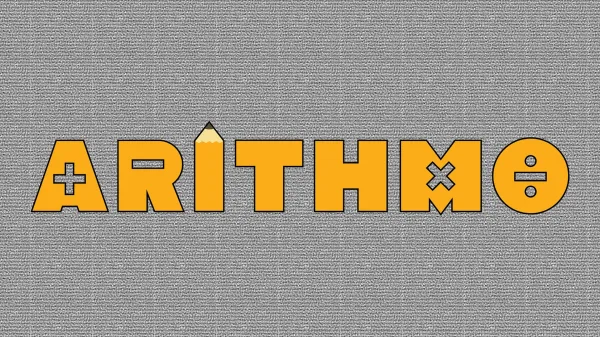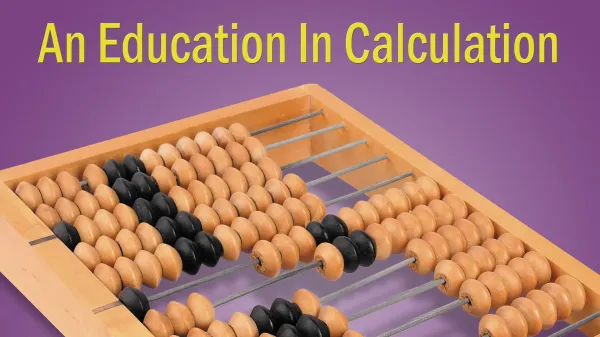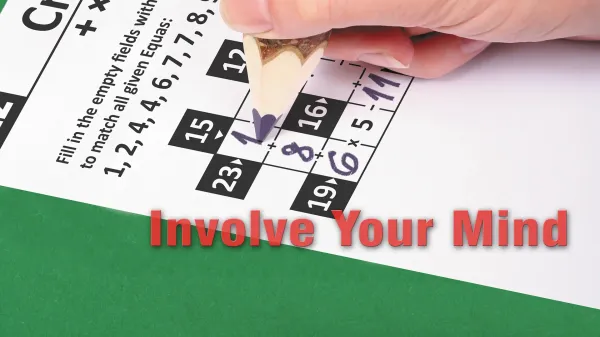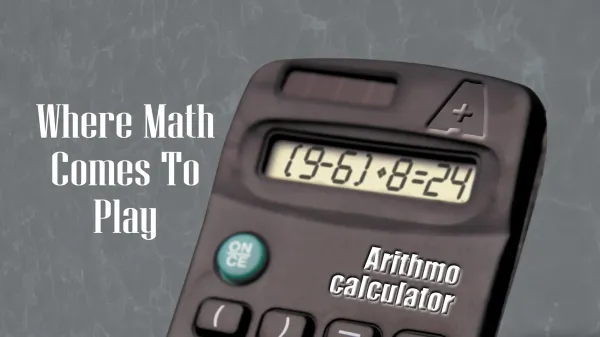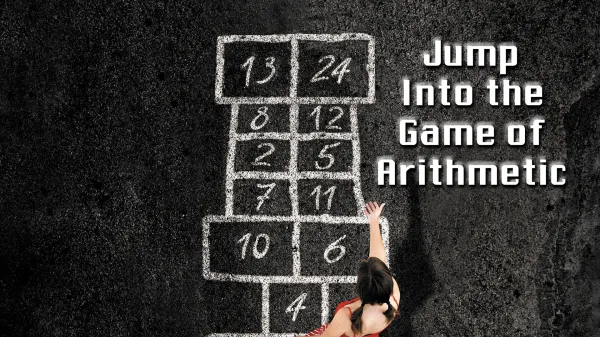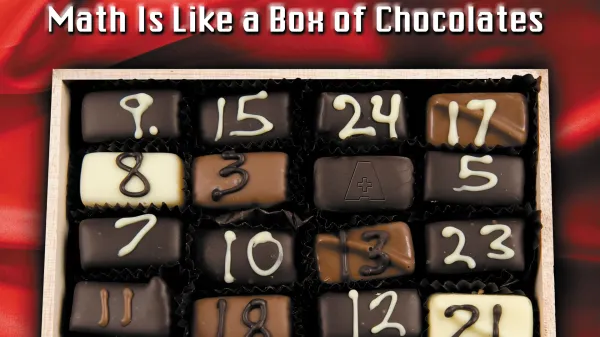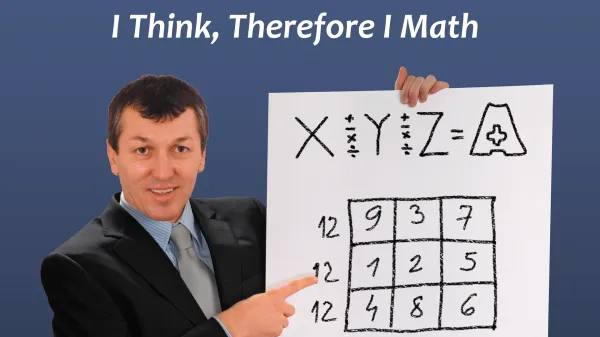Basic Arithmo Rules
The Basic Concept Behind All Arithmo Puzzles
- To find in or insert into a grid three adjacent numbers that when calculated together result in an Equa-X.
- Equa and Equa-X are terms that simply mean the result of a mathematical equation. For example: 2 x 4 -1 = 7 (Equa-7). (You may also find the words “product” or “target number” used instead of Equa. Rest assured they all mean the same thing.)
- In Arithmo, an equation is made by calculating three adjacent numbers in a grid.
- There are five types of puzzle grid shapes: Square, Hexagon, Rhombus, Triangle, Circle (each game has a grid diagram illustrating how connections are made).
- Numbers are calculated in any combination using only addition, subtraction, multiplication and division, with or without parenthesis.
If a combination of arithmetic functions is used, then keep in mind the following order of operations you learned in math class:
Rule 1: First perform any calculations inside parentheses, if they exist.
Rule 2: Next perform all multiplications and divisions
Rule 3: Lastly, perform all additions and subtractions
The order of operation rules are demonstrated in the following examples:
- (8 – 5) x 7 = 21 (Equa-21)
- 8 x 12 ÷ 6 = 16 (Equa-16)
- 6 x 3 + 5 = 23 (Equa-23)
- 11 + 12 ÷ 4 = 14 (Equa-14)
Each Arithmo puzzle employs the above basic rules, but it will also have its own set of specific rules. Please read all the rules carefully for maximum enjoyment.
Below are illustrations showing how adjacent numbers should be connected in Arithmo puzzles.
Square grid
In Square grids, adjacent numbers are 3 numbers connected horizontally (all in the same row, Figure 1), vertically (all in the same column, Figure 2), or in an “L” shape (Figure 3).

Figure 1: Equa-16 (horizontal)

Figure 2: Equa-21 (vertical).

Figure 3: Equa-23 (L-shaped)
Figures 4 and 5 show INCORRECT ways to connect 3 numbers in a Square grid.


Hexagon grid
In a Hexagon shaped grid, adjacent numbers are 3 numbers who share a common side that intersect at the black dot (as shown in Figures 6 and 7). In the Figures 8 and 9 are INCORRECT ways to connect 3 numbers in a Hexagon grid.




Rhombus grid
In a Rhombus shaped grid, adjacent numbers are 3 numbers who share a common side that intersect at the black dot (as shown in Figures 10 and 11). Figures 12 and 13 show INCORRECT ways to connect 3 numbers in a Rhombus grid.




Triangle grid
In a Triangle grid, adjacent numbers are 3 numbers in the same direction line (Figures 14 and 15). Figures 16 and 17 show INCORRECT ways to connect 3 numbers in a Triangle grid.




Circle grid
In a Circle grid, adjacent numbers are 3 numbers that can be connected in the same ring of the circle (Figure 18), or in the same “slice” of the circle (Figure 19). Figures 20 and 21 show INCORRECT ways to connect 3 numbers in a Circular grid. Note: "L" connection showed in Figure 20 is allowed only in the Maze game.




The goal is different in each puzzle, but usually it’s finding three connected numbers that equal a certain product, or figuring out which product cannot be found in the grid.
As long as you know these basics, you’re set to play any Arithmo game


 Српски
Српски Srpski
Srpski